5 traditions that you will only see in Arequipa
Arequipa is one of the most touristic regions of Peru. It is located in the south of Peru, in the middle of the Andes Mountains. Due to its pre-Inca, Inca and colonial past. Thus, today there are several traditions in the ‘White City’ that have survived over time. The most noteworthy are: the pilgrimage of the Virgin of Chapi, the wititi dance, the ashlar constructions, the procession of unburied bones in Cayma as well as the famous Arequipa ‘picanterías’. Learn more about these traditions and cultural aspects of Arequipa.
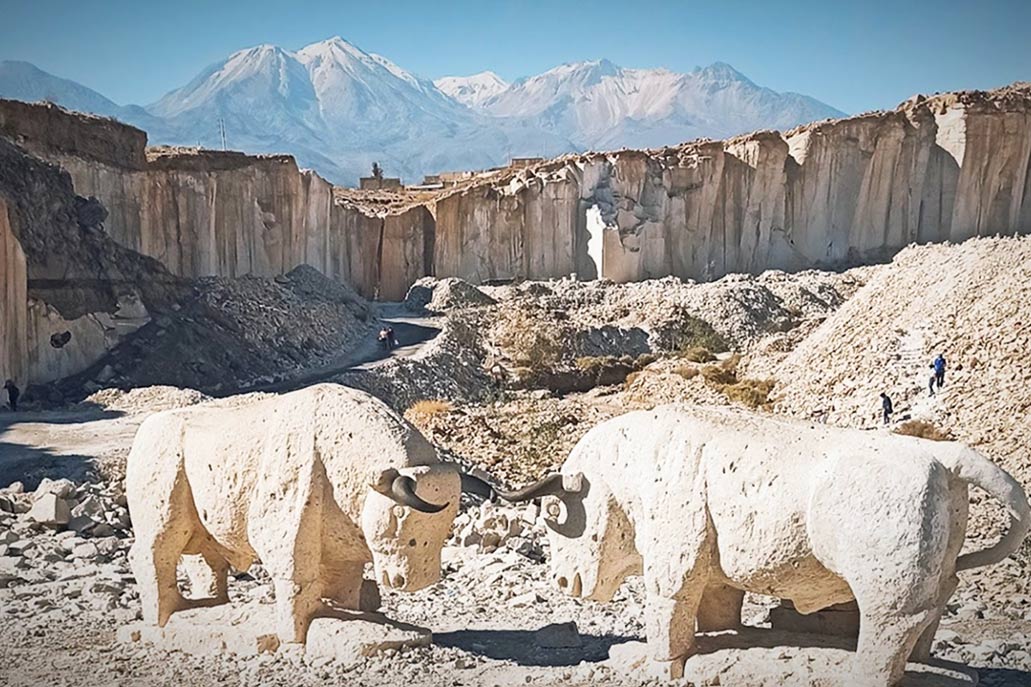
Content
The ‘picanterias’ of Arequipa
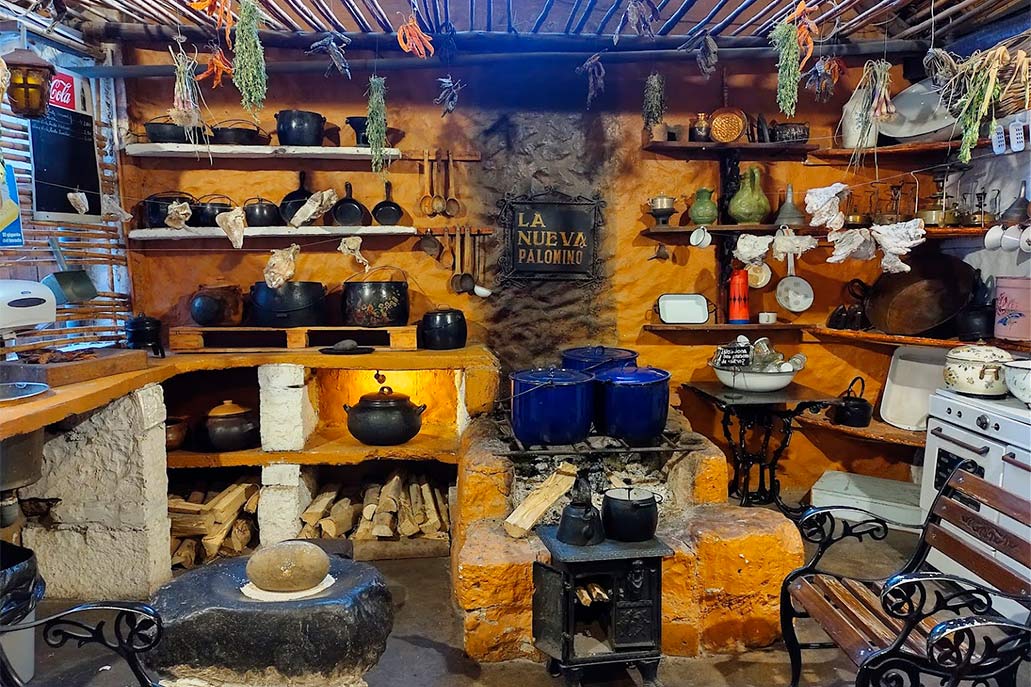
Arequipa’s picanterías are the ‘temples’ of the local gastronomy. There, the typical dishes of the region are prepared ‘old-fashioned’: stuffed hot pepper, adobo, shrimp lollipop, potato cake, foot salad and more. These delicious dishes are always accompanied by traditional drinks such as chicha de jora and frutillada.
The picanterías owe their name to the fact that many of the typical dishes of Arequipa use the spicy chili as an input to season the stews. Arequipa’s picanterías have been recognized as Cultural Heritage of the Nation since 2014. These places are throughout the city, in its markets, historic center and districts.
- Where to go? The city’s most famous picanterías are ‘La nueva Palomino’, ‘La Lucila’, ‘La Benita’ and ‘Laurita Cau Cau’.
- How much does it cost? Prices per plate vary from 7 to 40 Peruvian soles.
The dance of the wititi
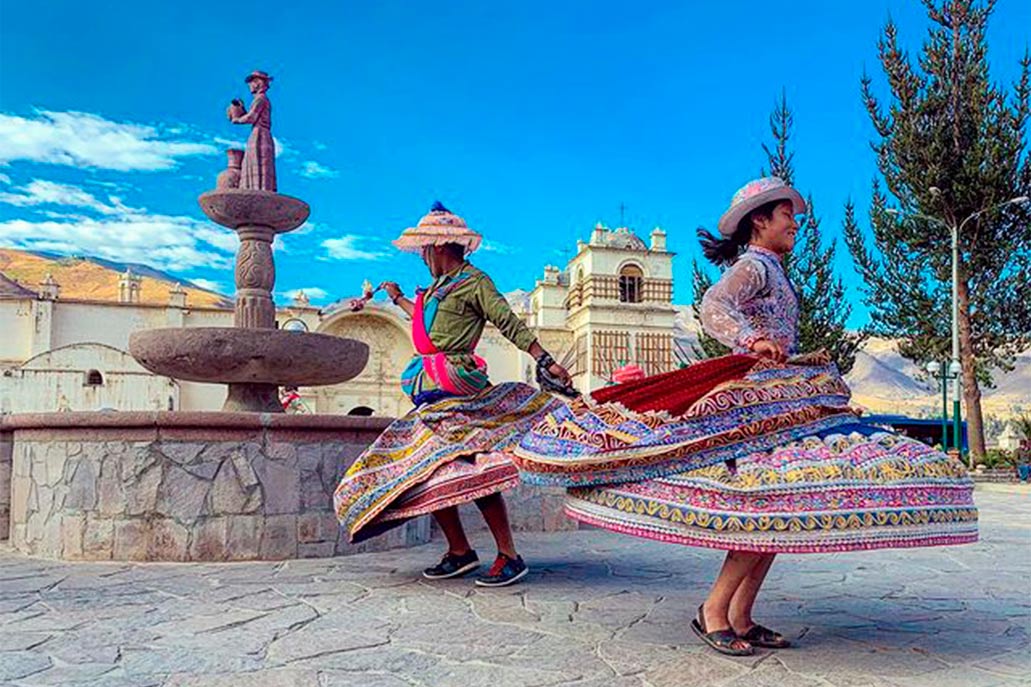
The wititi dance is one of the world-renowned cultural manifestations of Arequipa. In 2015 Unesco declared it as Intangible Cultural Heritage of Humanity. This dance is present in the main festivities of the Colca Valley, especially in the towns of the Caylloma province (Chivay, Sibayo and Tapay).
The origins of dance date back to pre-Inca times. It is about the representation of the original local ethnic groups: the Collagua and the Cabana. The costumes and expressions of dance have survived for several centuries. Its name is due to the main character of the choreography: the wititi (man dressed in superimposed feminine faults).
- Where to go? In the Colca Valley, especially in the towns of Chivay, Sibayo and Tapay.
- How much does it cost? During traditional festivals it is free to observe this dance.
The pilgrimage of the Virgin of Chapi
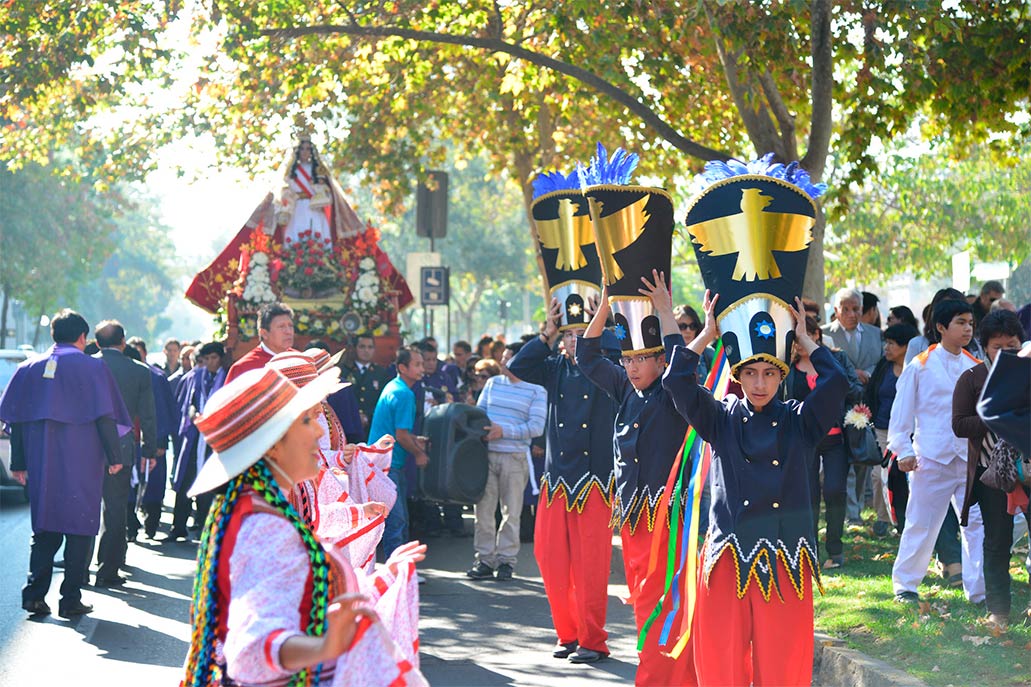
This religious festival is also recognized as Cultural Heritage of the Nation (in 2012). The reason is because the pilgrimage and cultural aspects that surround it date back to colonial times. Eve is April 30. The central day is May 1. Thousands of devotees come to his sanctuary, located in the Chapi desert every year.
The origins of this religious festival date back to the early seventeenth century. The image of the Virgin Candelaria was transferred to the Chapi desert. Due to references to miracles in the place, the sanctuary of Chapi quickly became a place of worship. Today it is celebrated with samples of faith, gastronomic fairs, processions and more.
- Where to go? In the Chapi Sanctuary, Polobaya district (90 kilometers from the city of Arequipa).
- How much does it cost? Appreciating the holiday is free for everyone.
The ashlar constructions
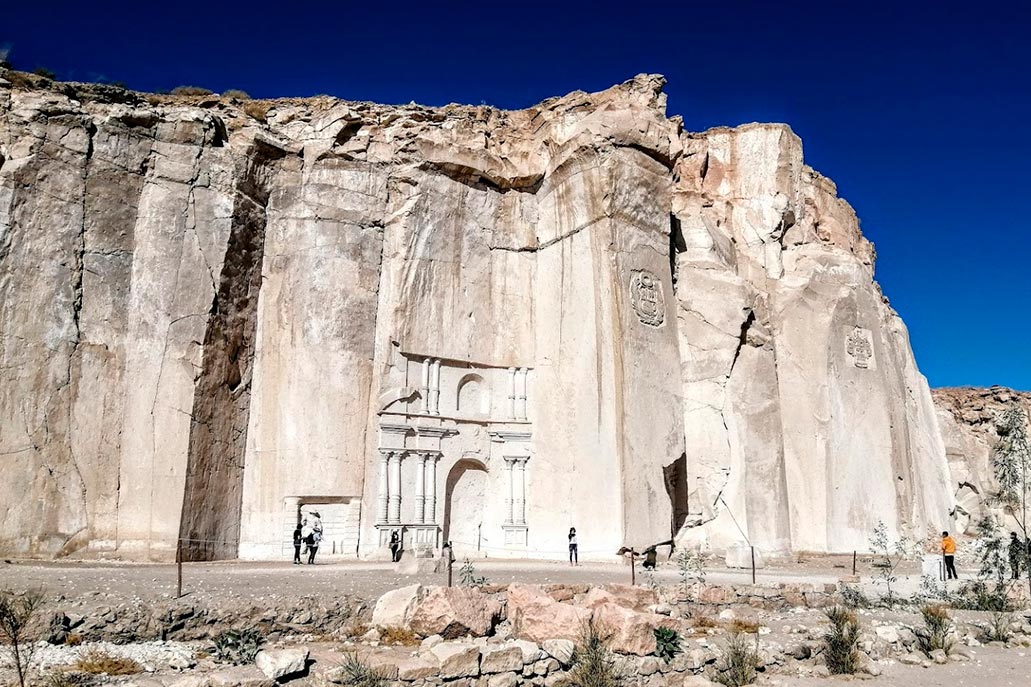
Arequipa is also called ‘White City’. The reason for this name is its dozens of constructions made of the volcanic stone ‘sillar’ from the Chachani, Pichu Pichu and the famous volcano Misti. The Historic Center of the city is where more ashlar constructions can be seen: the Cathedral, the Society of Jesus, the San Lázaro neighborhood and more.
One of the best ways to appreciate the ashlar buildings in Arequipa is by taking the ‘ashlar route’. This tour includes a visit to the quarries of: Añashuayco, Cortadores, Rosado and Culebrillas. There are ashlar benches where sculptures were created. The route takes approximately 4 hours. You can hire tours in the Historic Center of the city.
- Where to go? In the Historic Center of the city of Arequipa and in the quarries of Añashuayco (13 kilometers from the Main Square).
- How much does it cost? The visit to the Historic Center of the city of Arequipa is free. The tour called ‘The sillar route’ costs approximately 40 soles.
The procession of unburied bones
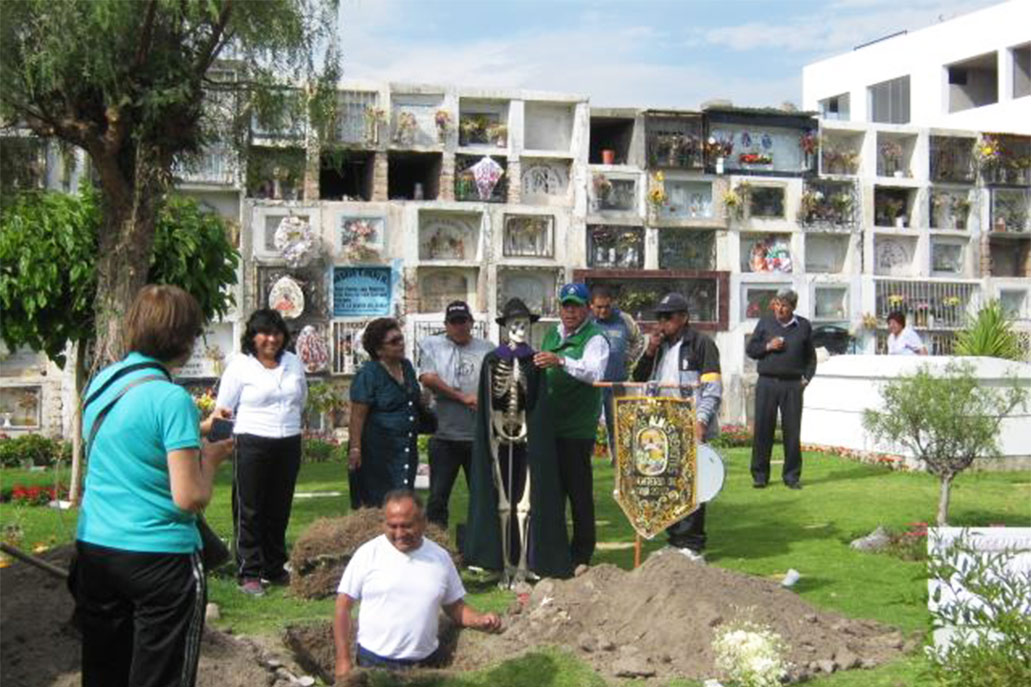
In the Cayma district (7.5 kilometers from the center of Arequipa), the inhabitants carry out a tradition that is more than 200 years old every year. It is about the ‘Procession of unburied bones’, also called ‘Feast of the souls’. This ceremony consists of collecting the bones of the unburied from the cemetery. They are then carried in procession and buried in a Christian burial.
The origins of this strange tradition go back to colonial times. The ceremony was preceded by the famous San Miguel de Cayma, a skeleton from the local parish with glass eyes, a scythe on his arm, and a green tile hat. Today the ‘Feast of the souls’ takes place in the San Miguel Arcángel de Cayma parish. Hundreds of people flock to the district cemetery.
- Where to go? In the Cayma district, 7.5 kilometers from the Main Square in Arequipa.
- How much does it cost? Appreciating this tradition is free for everyone.
By Machupicchu Terra – Last updated, August 28, 2023